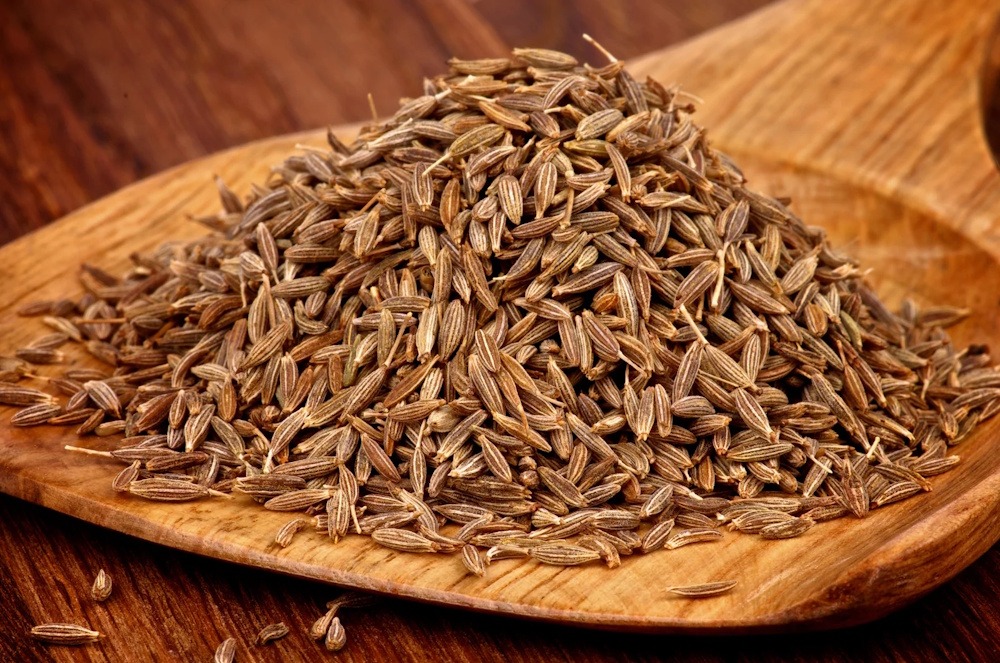
Jeera yesterday concluded trading with a decline of -0.87% at Rs 18,845, influenced by subdued domestic and export demand subsequent to the end of the retail season. Market participants have linked the decline to a lack of robust engagement from foreign buyers and sufficient inventory levels in key markets. Nonetheless, the downside appeared constrained following the GST council’s decision to lower the GST rate to 5%, which offers cost relief anticipated to bolster FMCG exports and domestic consumption.
The present inventory of stocks held by farmers is approximately 20 lakh bags, with projections indicating that merely 3–4 lakh bags will be transacted by the conclusion of the season. This scenario suggests a projected carry-forward of 16 lakh bags. Despite geopolitical disruptions in key producing countries like Syria, Turkey, and Afghanistan that are constraining their supplies, export demand from India continues to be subdued. Production estimates from China, Syria, Turkey, and Afghanistan are relatively modest, with unfavorable weather conditions in China leading to a reduction in output to 70–80 thousand tons.
Jeera exports from April to July 2025 experienced a decline of 19.81% year-on-year, totaling 73,026.35 tonnes. In July, shipments decreased by 20.83% year-on-year, amounting to 13,778.60 tonnes, and also saw a reduction of 15.58% compared to June 2025.
From a technical perspective, the market is experiencing long liquidation, evidenced by a decrease in open interest of -6.29% to 3,309, alongside a price drop of Rs 165. Jeera is currently establishing a support level at Rs 18,740; a decline below this point may lead to a test of Rs 18,620. Conversely, resistance is identified at Rs 19,000, with a potential upward movement likely to drive prices toward Rs 19,140.
